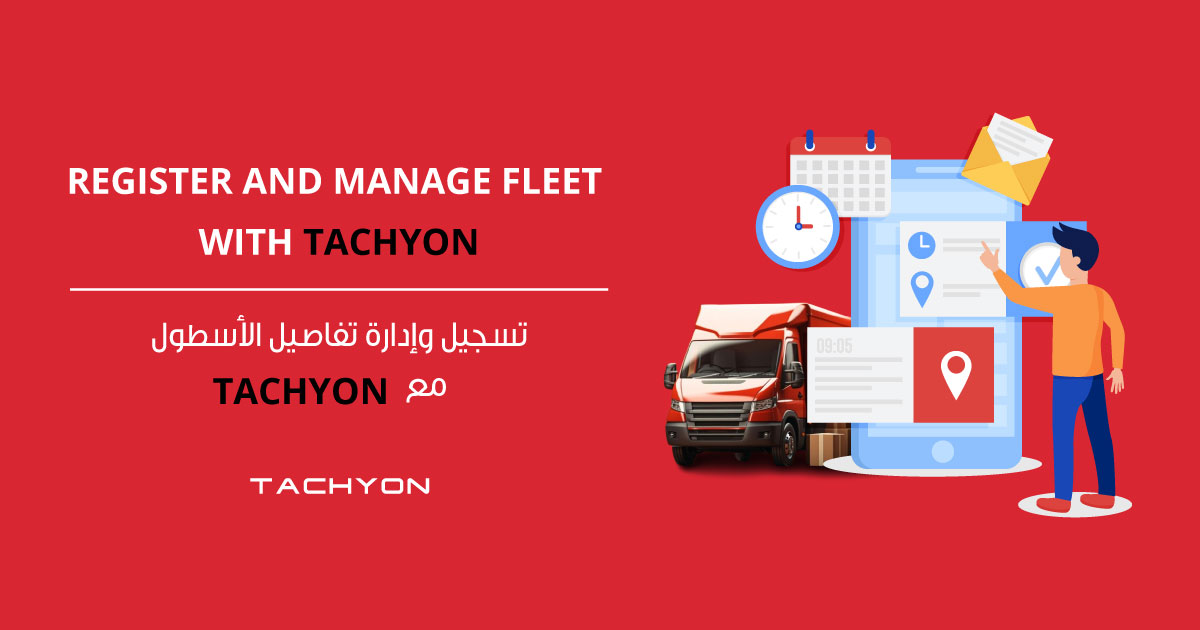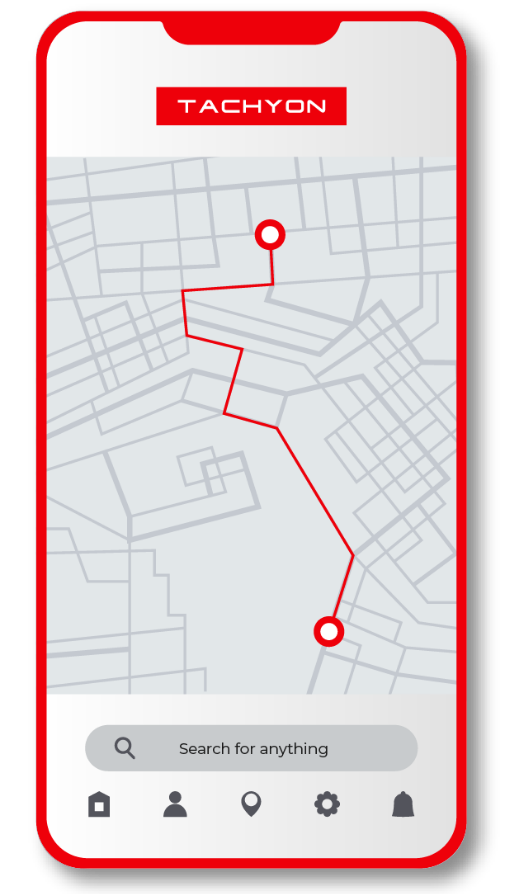In Saudi Arabia, Tachyon is the leading digital logistics platform. Its digital tools and services offer the most excellent means of transportation management to track vehicle management. Modern features of this platform help to increase vehicle management accuracy and functionality. It helps consumers and shippers maximize and regulate their fleet operations. The system generates an improved supply chain technology integration framework. In this guide, let’s talk about the process of registering and managing a vehicle with Tachyon.
Undoubtedly, effective vehicle management plays a significant role in improving operational performance, reducing costs, and enhancing service delivery. Organizations find it practical to ensure that the vehicles have been utilized effectively by minimizing downtime and maximizing productivity. It helps in reducing the overall expenses in operations. This includes monitoring and controlling fuel, maintenance, insurance, and repair costs.
Vehicle management ensures all vehicles meet regulatory requirements, including licensing, registration, inspection, and safety standards. It established a proactive maintenance program that reduces the chances of breakdowns and enhances the vehicle’s lifespan. In addition, it monitors and manages the fleet’s environmental impact, such as emissions and fuel consumption, contributing to sustainability goals.
Tachyon dashboard is based on a few essential elements that integrate you to perform a smooth vehicle management process. This includes with:
POD Performance
POD in shipment stands for Proof of Delivery. It acts as an electronic confirmation or a document that verifies that the shipment has been delivered to the desired recipient. POD includes physical or digital signature, delivery time and date, delivery address, and condition of items. In short, its primary purpose is to ensure the shipment has been completed successfully.
Pending Actions
Pending actions in a shipment must be done before the item is ready for shipment. Necessary paperwork, such as custom declarations, bills of lading, or invoices, should be done. All of them have to be accurate. Ensure that the payment for shipping costs, duties, and taxes have been received and processed. This often includes customs clearance, verification of proper packaging, labeling of items, and confirming pickup time and location.
Upcoming Shipments
The section on upcoming shipments highlights all the significant details about the item, including its time, where it reaches, and its condition. In short, all those aspects considered in “pending actions” are also detailed in the upcoming shipment section.
Invoices Statuses
Invoice status highlights whether the payment has been confirmed or not. It even keeps a closer track of all the previous payments as a history record in case any issue arises. The module comes with a download option with which the sender or recipient can also download the receipt himself.
Registering and Managing with Fleet Management Module
Organizations can benefit from vehicle management modules, which are software or systems that help with vehicle management. Several functions help to keep the fleet running smoothly, including tracking, repair, and optimization. An example of a vehicle management module’s structure is as follows: Its essential features are:
- Real-time location tracking for vehicles for efficient monitoring.
- Plan frequent repairs and be on the lookout for forthcoming service requirements.
- Track engine performance, tire pressure, and more in vehicle health.
- Track expenses and petrol consumption.
- Point out fuel theft or wasteful use.
- Track driver performance in speed, acceleration, braking, and idling.
- Make sure cars satisfy legal standards for safety checks.
- Create regulatory compliance reports, including truck drivers’ Hours of Service (HOS).
- Apply data for performance enhancement, route optimization, and diagnostics.
- Track non-vehicle assets, including other mobile equipment, containers, or trailers.
- Share ideas on vehicle efficiency generally, driver behavior, and vehicle performance.
- Create tailored reports depending on several data factors to support decisions.
How To Register and Manage Fleet Details on Tachyon?
Registering and managing vehicle details on Tachyon is divided into two categories, i.e., drivers and trucks. Let’s highlight both of these categories in detail below for in-depth information:
Registering Vehicles
Add specific details about the vehicles. This includes Vehicle Identification Number (VIN), number plate number, make, model, year, and other pertinent information for your car. Sort vehicles according to their type—trucks, vans, cars, heavy-duty vehicles. Assign internal asset numbers to monitor vehicles in your system conveniently. It is essential to add maintenance schedules. Arrange recurring maintenance plans depending on mileage or time intervals to guarantee preventative maintenance. Record the usual fuel consumption rates and the fuel type, gasoline, diesel, electric.
Registering Drivers
Create profiles for every driver with personal information (name, license number, expiration date). If necessary, designate particular cars to drivers. It tracks the drivers’ certificates, completed training courses, and renewal dates.
What is the Main Purpose of the Shipment Tracking Page?
A shipment tracking page serves several vital purposes, primarily aimed at providing transparency and real-time information for a shipment’s sender and recipient. It allows the customers to keep a complete track of their shipment progress from dispatch till the delivery. This also includes status updates such as when the package is in transit, out for delivery, or delivered. The shipment tracking page by Tachyon is included with the following:
- Shipments history (advanced filters with the ability to export)
- Trips status (New, in-transit, delivered, needs action)
- Shipment milestones (loading & offloading time)
- Shipment details (waybill, POD, Goods type, …etc.)
- Truck & driver details
Conclusion
So, this was the overall procedure for registering and managing vehicle details with Tachyon. For specific industries, reporting on vehicle use and emissions is mandatory. A managed system simplifies the generation of these reports, helping with regulatory compliance. The Tachyon transportation management software has a highly advanced algorithm. This program makes transportation procedures incredibly easy and seamless.
Frequently Asked Questions
What is Bayan Waybill by Tachyon?
The Bayan Waybill allows the carriers to print and manage the waybills electronically. This improves traceability, compliance, and operational transparency.
Which sectors use the B2C delivery method?
B2C delivery, or Business-to-Consumer delivery is commonly used in e-commerce, retail, and various service industries.
Do you have to register first to use Tachyon?
Yes! First, you must register a licensed company to use the Tachyon app to ship items.
What features are included on the Tachyon dashboard?
Tachyon dashboard is based on the functions of POD performance pending actions, such as upcoming shipments and invoice statuses.





